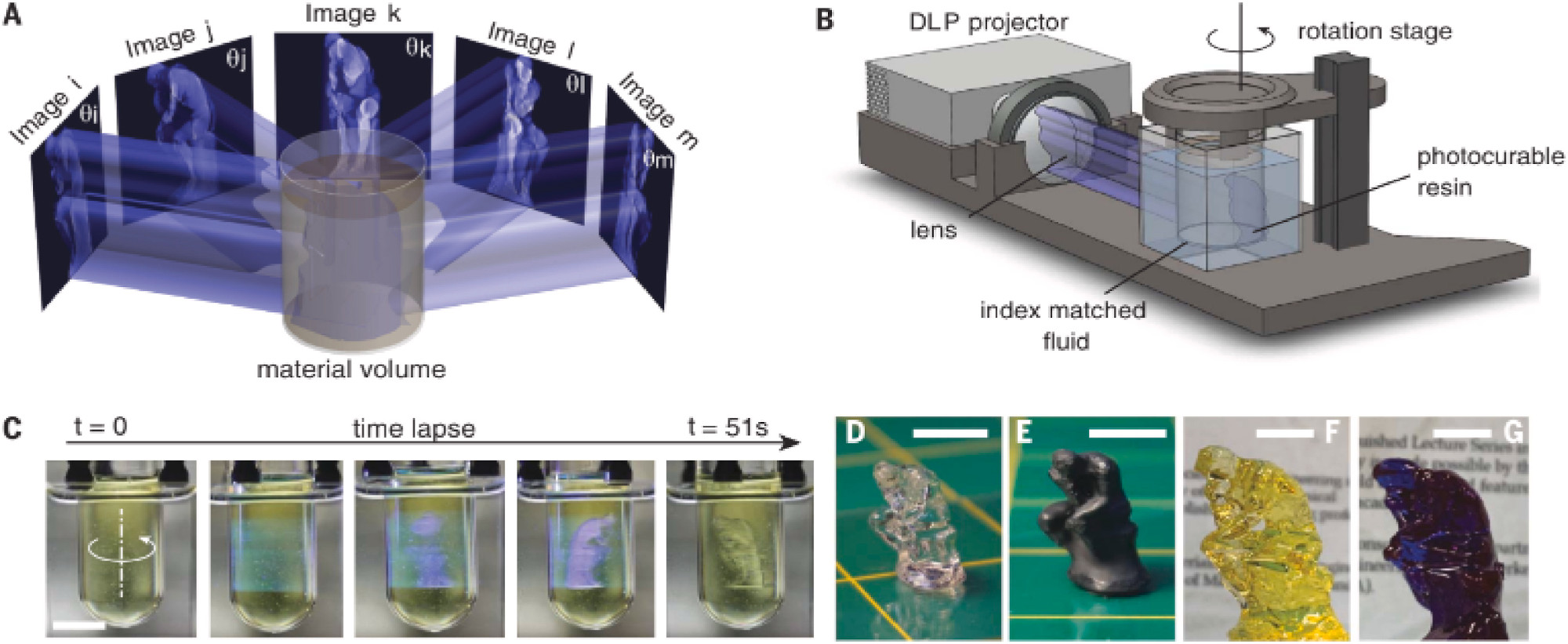Axial 3D Printer Wins Test Aboard Virgin Spaceplane

On Earth, being able to 3D print replacement parts is convenient, but rarely necessary. If you have a broken O-ring, printing one will save you a trip to the hardware store. But on the moon, Mars, or deep space, that broken component could mean the difference between life and death. In such an environment, the ability to print replacement parts on demand promises to be a game changer.
That’s why the recent successful test of a next-generation 3D printer developed by a group of Berkeley researchers is so exciting. During a suborbital flight aboard Virgin Galactic’s space shuttle, Unit spaceplane, the SpaceCAL printer was able to quickly produce four test prints using a unique printing technology known as computed axial lithography (CAL).
NASA had already demonstrated that 3D printing in space was possible aboard the International Space Station during a series of tests in 2014. But the printer used for those tests wasn’t far removed technologically from commercial desktop models, in that the objects it produced were built layer by layer from molten plastic.

In comparison, CAL technology produces a solid object by curing a highly viscous resin in a rotating cylinder. The trick is to virtually rotate the 3D model at the same speed as the cylinder and project a 2D representation of it from a fixed viewpoint into the resin. The process is not only faster than traditional 3D printers, but also involves fewer moving parts.
Lead researcher Taylor Waddell says SpaceCAL has had good results with parabolic flights before, which provide a reduced gravity environment for short periods of time, but the longer duration of this flight allowed them to push the machine further and collect more data.
It’s also a great reminder that, while often viewed as toys for the rich, suborbital spacecraft like those being developed by Virgin Galactic and Blue Origin are capable of hosting real scientific research. As long as your experiment doesn’t need to stay in space for more than a few minutes to accomplish its goals, they can offer a ticket to space that’s not only cheaper than a traditional orbital launch, but also comes with less red tape.
News Source : hackaday.com
Gn tech





:no_upscale()/cdn.vox-cdn.com/uploads/chorus_asset/file/22426580/Screenshot__236_.png?w=390&resize=390,220&ssl=1)